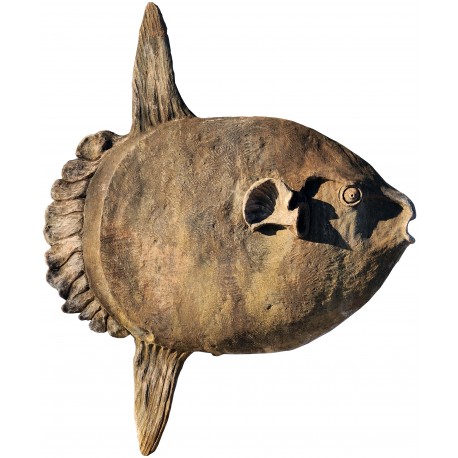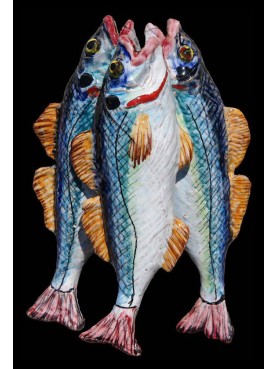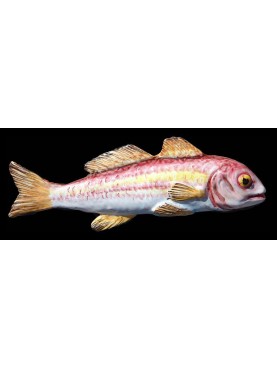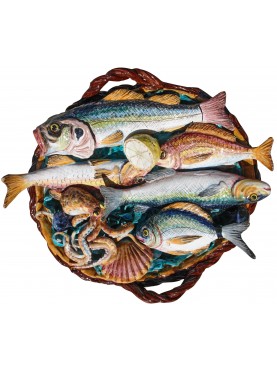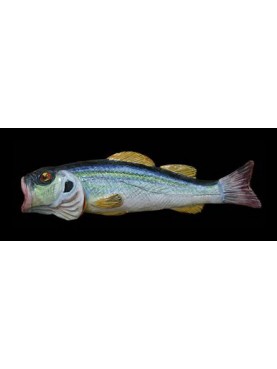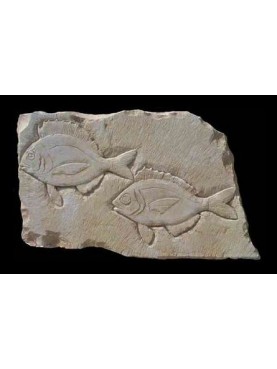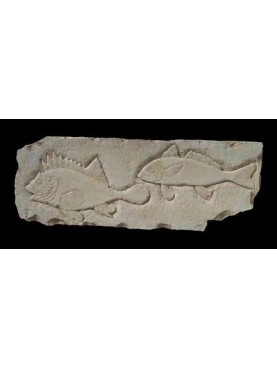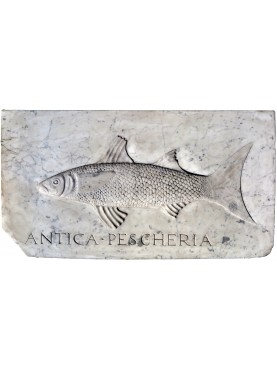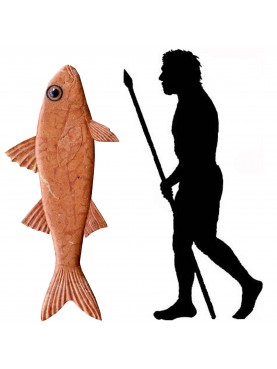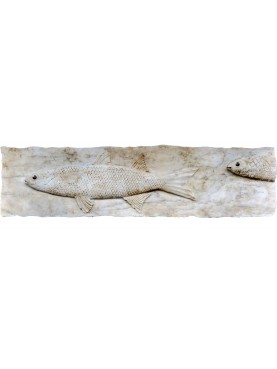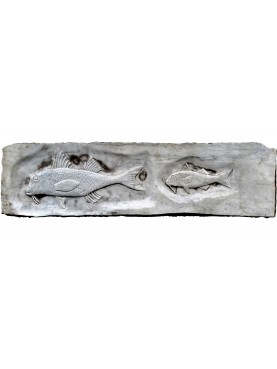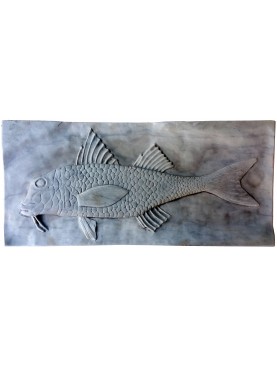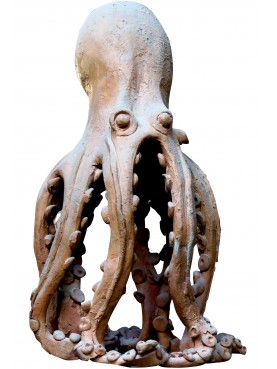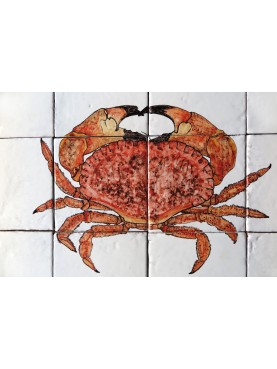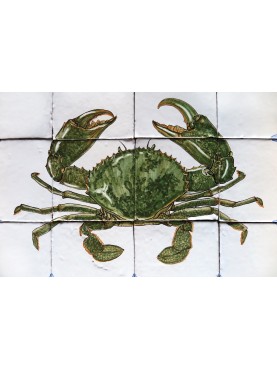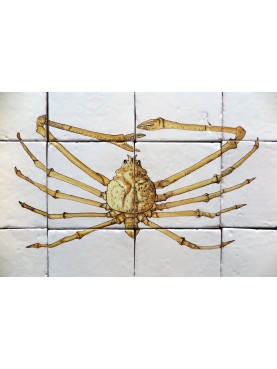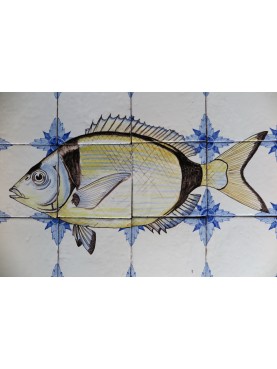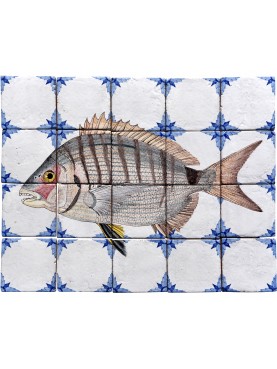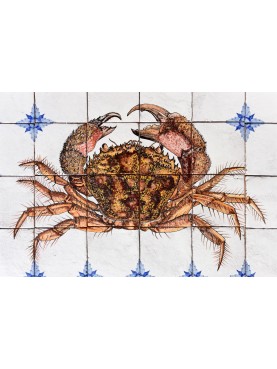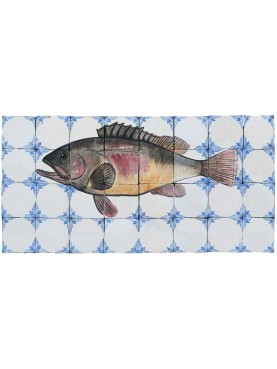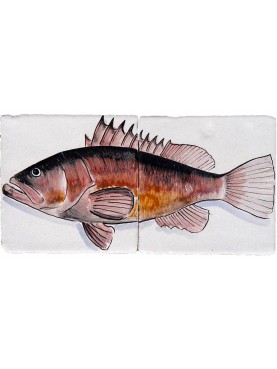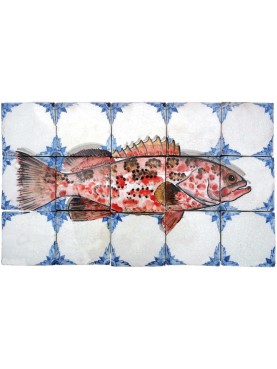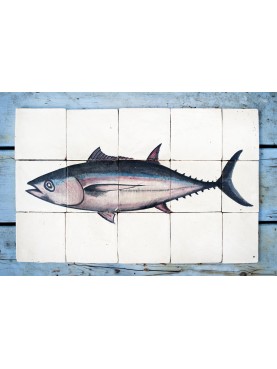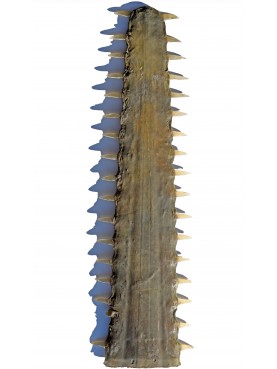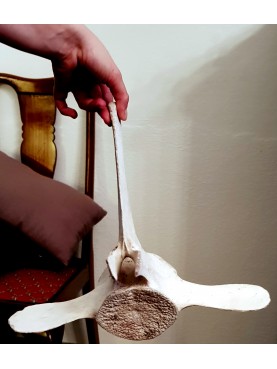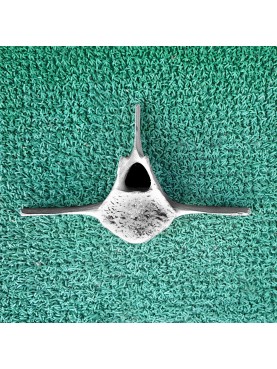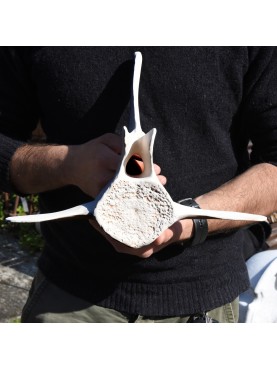Oceanic Moonfish (Mola Mola)
Oceanic Moonfish (Mola Mola)
14051
New
The sunfish (Mola mola) is one of the heaviest known bony fish in the world.
Our terracotta production.
Made in hand molded terracotta.
Patinated and decorated by hand, one-of-a-kind.
It can be replicated but each specimen will be different from the previous one.
![]()
![]()
1 Available
Data sheet
| Height | 37.01 in | 94 cm |
| Width | 29.53 in | 75 cm |
| Depth | 8.66 in | 22 cm |
| Weight | 55.12 lbs | 25 Kg |
| Manufacturing | Hand made | |
| Material | Terracotta |
More info
The sunfish (Mola mola Linnaeus, 1758; from the Latin mola, "millstone") is the largest and one of the heaviest of the bony fishes. The adults reach an average weight between 200 and 400 kg. In English it is also called sunfish due to the fact that during sunny days it tends to rise to the surface of the water and expose its skin to the sun's rays. The species is native to tropical and temperate waters around the world. It can be described as a fish head to which a short tail is attached while the body is laterally flattened. When their dorsal and ventral fins are extended, sunfish are symmetrically as tall as they are long.
It lives in the open sea, but is mainly localized along the coastal waters, in tropical, temperate and cold waters (as far as Newfoundland and the Norwegian coasts, occasionally also in the Baltic Sea), including the Mediterranean. A large specimen was caught in the Adriatic, off the Lido of Venice. A gigantic specimen weighing 2744 kg was found in the open sea off the Azores islands in October 2022. In the southern hemisphere it is widespread around the waters of South Africa and Australia, but not around Tierra del Fuego.
The sunfish are the heaviest bony fish and the largest specimens can reach a height of 4.2 meters, 3 meters in length and about 2,268 kilograms, exceeded in some cases by sharks and manta rays, which however belong to the cartilaginous class . This fish is characterized by an elongated, ovaloid shape, very compressed at the sides. The caudal fin is formed by a fleshy excrescence (which starts from the root of the dorsal fin), which has little mobility: locomotion is entrusted to the dorsal and anal fins, opposite, symmetrical, robust and elongated. The pectoral fin is small and fan-shaped.
The teeth are fused together in the small mouth and form a sort of beak. The gill openings are reduced to a hole, just before the pectoral fin.
Its skin can reach a thickness of 15 cm. It hosts up to fifty species of parasites and microorganisms, which can cause the phenomenon of bioluminescence.
It is also an extremely long-lived fish: it is believed that it can well exceed one hundred years of age, but at present there are not enough studies and data to support this hypothesis. In captivity, it is capable of reaching 10 years of life.

